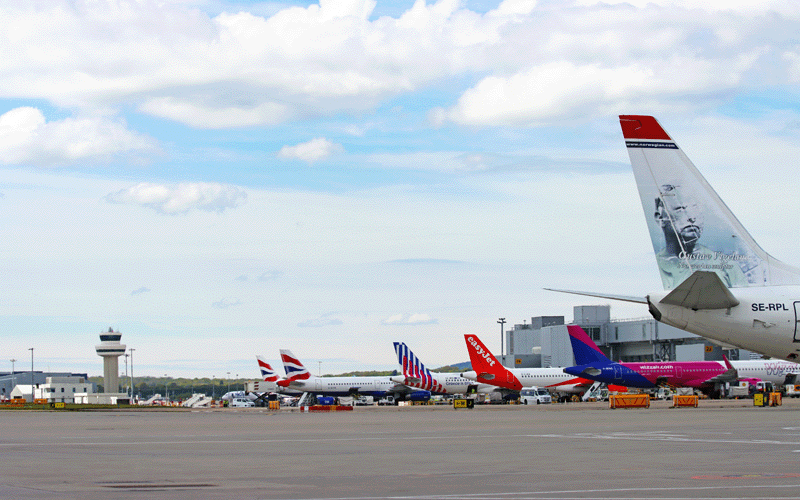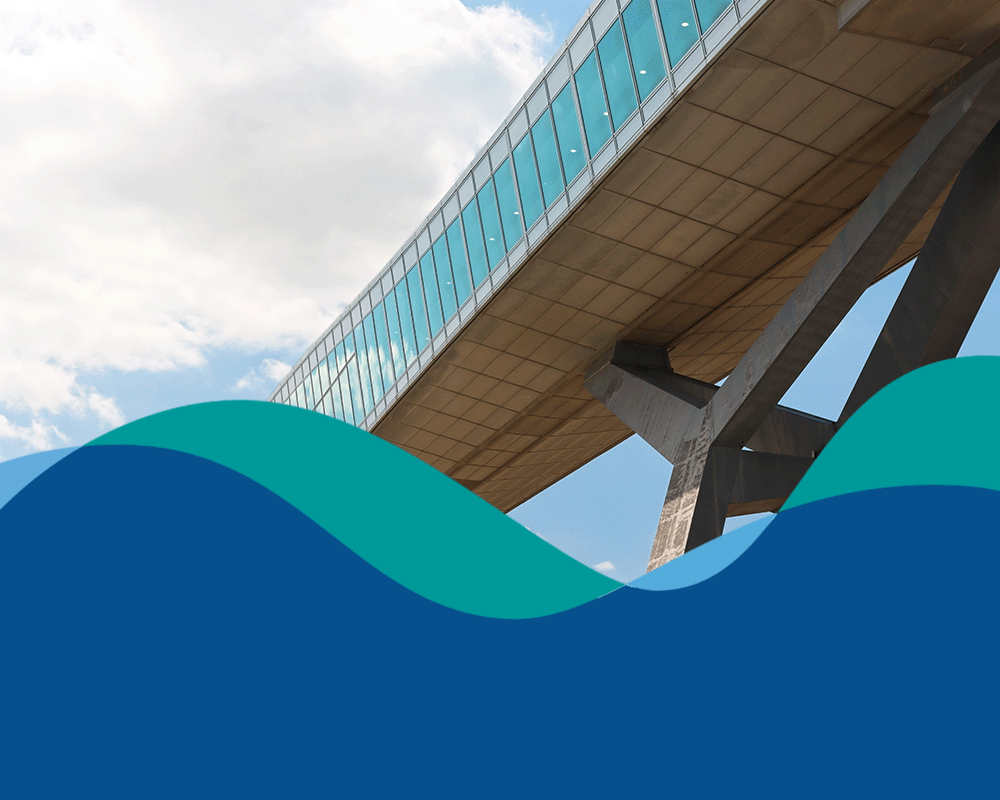The airspace above and around London and the South East of England is some of the busiest in the world. Most of it was designed in the 1950s however, when there were far fewer aircraft in the skies.
Today, planes can fly using satellite navigation, yet still follow these outdated routes, often relying on air traffic controllers to give directions. With modern technology, these planes could climb more quickly and take more direct routes. There could be less noise from planes and fewer carbon emissions per flight, as well as fewer delays caused by congestion in the sky.
That's why the Government and the Civil Aviation Authority (CAA) are leading a national programme to modernise the UK’s airspace. Read more from the UK’s Department of Transport on the benefits and processes involved in the UK’s airspace modernisation programme.
As part of the original project (initiated in 2018) to modernise London Gatwick’s airspace, the airport developed and assessed a wide range of route options through the airspace change process. This included a proposal to modernise the arrival and departure routes to the south of the airport, ahead of the other phases of airspace modernisation across the region. This proposed first phase was known as London Airspace South (LAS).
The Government has subsequently created the UK Airspace Design Service (UKADS) to take forward the programme of work to modernise UK airspace. UKADS will initially focus on modernising airspace in the London and South East region.
As a result of this change, all the work produced through the London Gatwick airspace modernisation project (including LAS) will now be fully integrated into the UKADS work programme. Further information on the progress of this programme will be available on the UKADS website.


